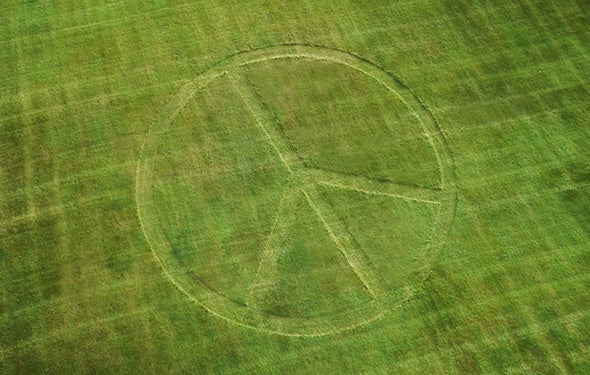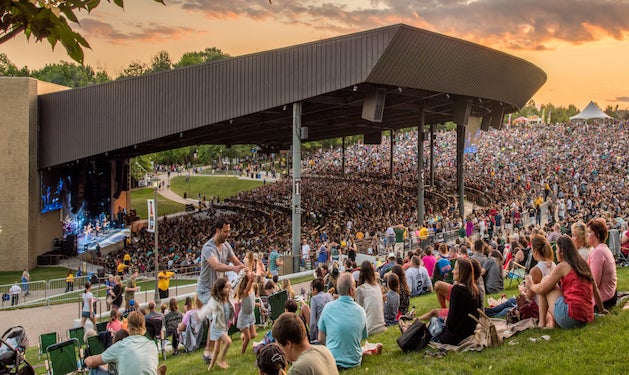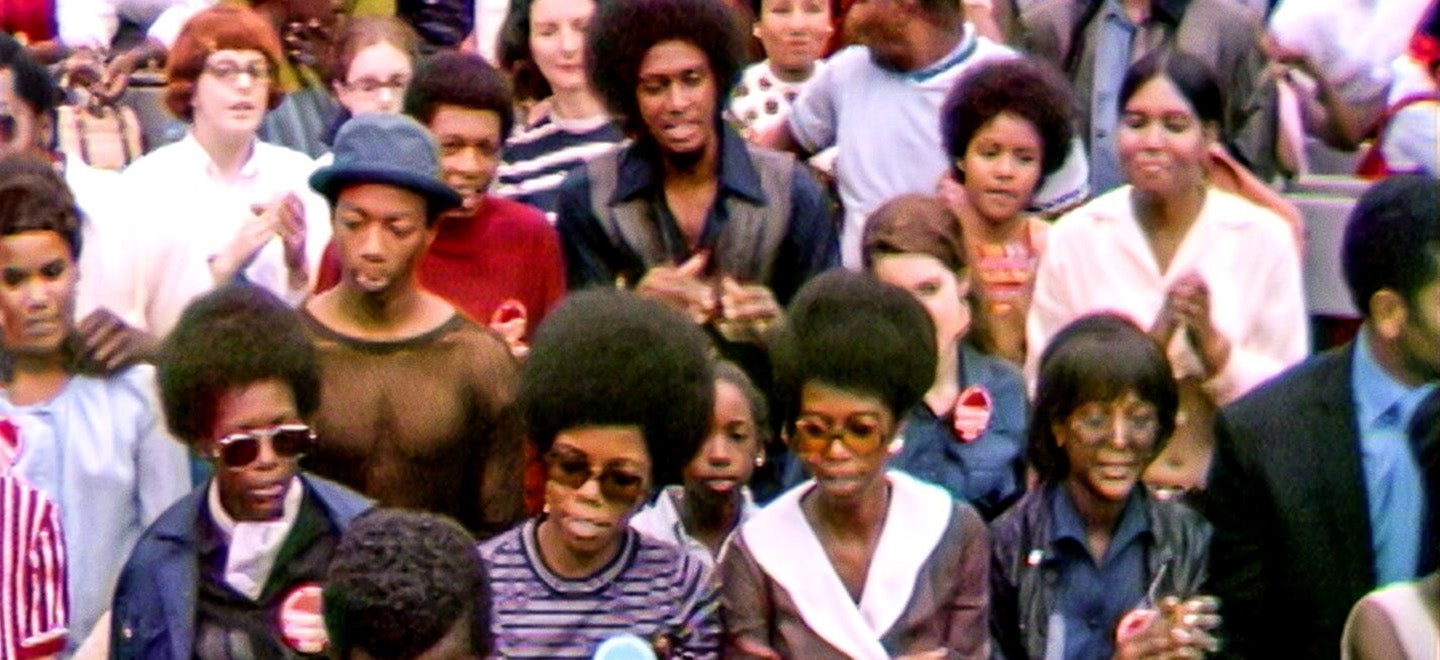
The Summer Harlem Sang Out
Museum Intern Hannah Riley investigates the Harlem Cultural Festival.
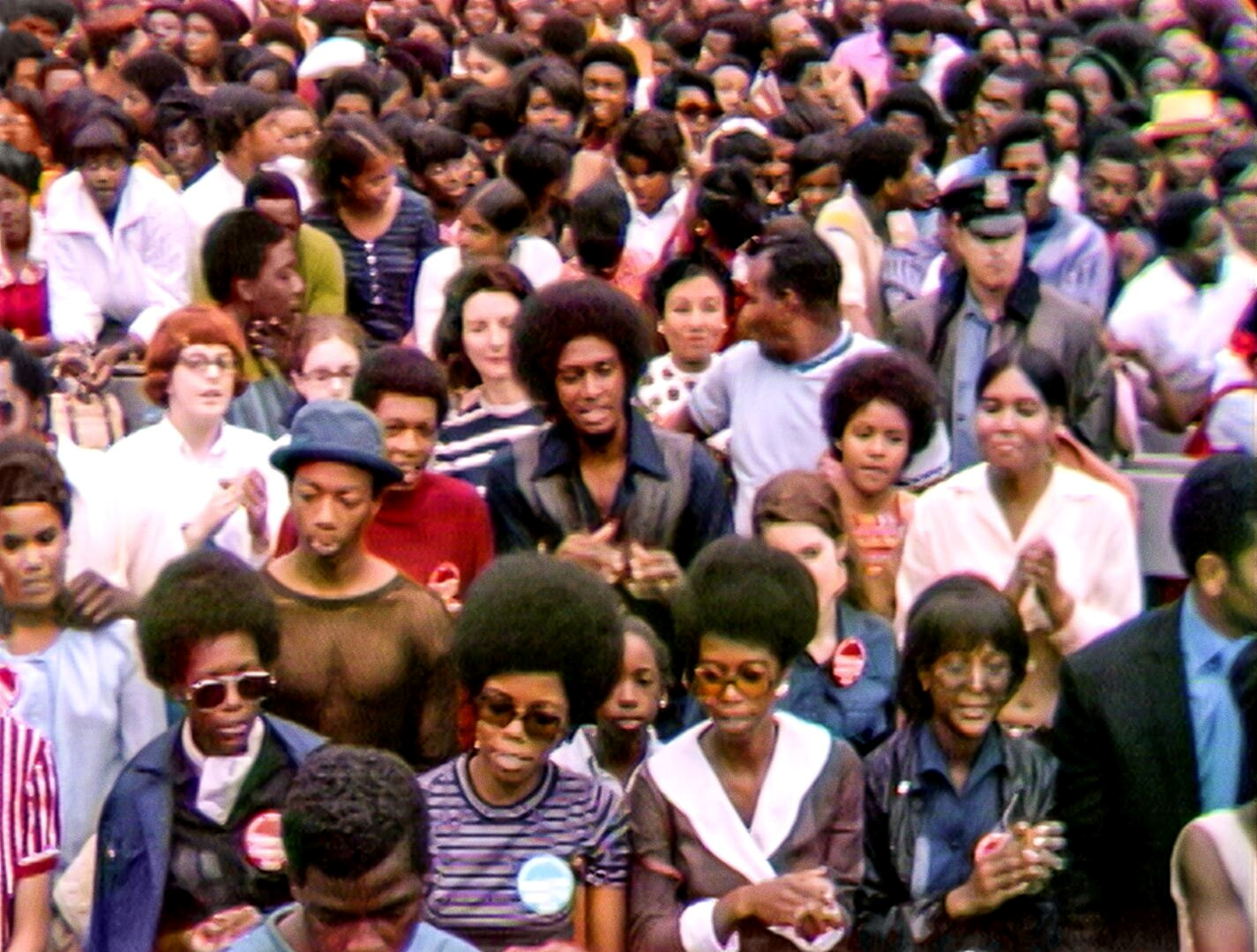
During the summer of 1969, a series of music concerts called the Harlem Cultural Festival took place just two hours away from the Woodstock Music & Art Fair. The festival brought over 300,000 people to Mount Morris Park in Harlem, New York City. The festival was held from June 29-August 24, 1969, and featured performances by various African American musicians and artists. Performers included Stevie Wonder, Mahalia Jackson, Nina Simone, the 5th Dimension, the Staple Singers, Gladys Knight & the Pips, Mavis Staples, Blinky Williams, Sly and the Family Stone, the Chambers Brothers, David Ruffin, and more.
“And when you talk about music. This black festival is some of every kind, is some of every style. Jazz, blues, gospel, all of it is good all of it makes you feel good. -Mavis Staples, festival performer
The festival was hosted and organized by Tony Lawrence with support from New York City’s Mayor John Lindsey. It celebrated African-American music and culture and promoted Black pride and unity. It became coined as “Black Woodstock” by Hal Tulchin, who in 1969 filmed the festival in hopes of producing a movie.
“I shot the festival and tried to sell it. Woodstock was the same year, and Woodstock got all of the publicity. So, in selling it I started to call it the ‘Black Woodstock.’ It didn’t help. Nobody was interested in a Black show. Nobody. Nobody cared about Harlem.” -Hal Tulchin
The footage sat in Tulchin’s basement for fifty years, until musician and record producer Ahmir “Questlove” Thompson turned the footage into a documentary in 2021. “Summer of Soul” highlights footage and performances from the festival and explores its historical and cultural importance.
“As a musician and as a person who was born in 1971, you know that one concert [Woodstock] defined a generation. It was contextualized as a generation-defining moment in history, and all I kept thinking was, ‘Wow, this could have been that for me. Imagine if I grew up watching the Harlem Cultural Festival and it was held in the same light and given the same glory that its counterpart was given three weeks later. How could that have affected me as a musician? How could that have affected me as an artist? Could this have helped to keep Black consciousness at the forefront of Black music?’ The burden shouldn’t be on us to always be the example, but I had those questions. Fortunately, it’s affecting my life now, and I’m glad I’m the one to help bring it forth.” -QuestLove
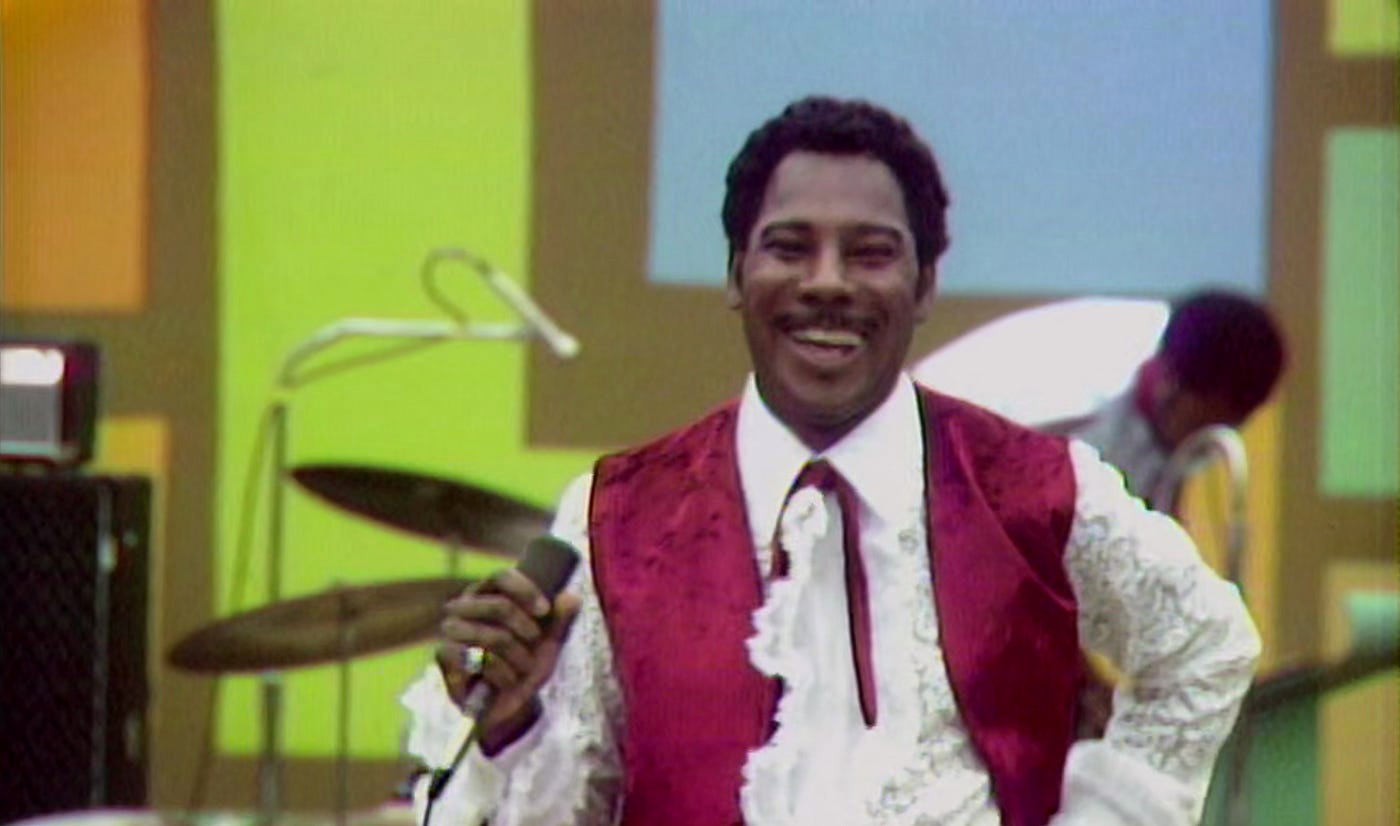
HARLEM 1969
The 1960s was a period of heightened activism and cultural expression within the African American Community. Fueled by the Civil Rights Movement, Harlem was undergoing various social and political changes. Figures like Malcolm X used Harlem as a launch pad for political, social, and economic empowerment activities.
“The year 1969 was preceded by some of the biggest moments of the Civil Rights Movement—from Loving v. Virginia to the Voting Rights Act of 1965 and Civil Rights Act of 1968 to the assassinations of Malcolm X and Martin Luther King Jr. That summer, scores of Black Americans, scarred by the impact of those events, gathered at Harlem’s Mount Morris Park for the Harlem Cultural Festival.” -QuestLove1
In 1969, Harlem was witnessing changes in its social economic landscape. The neighborhood had faced challenges such as poverty, discrimination, and urban decay, but community leaders and activists were working toward positive change. Harlem was also a vibrant culture and social hub. The Harlem Cultural Festival was one of the significant events that reflected the spirit and energy of the community.
“At the Harlem Cultural Festival, you’ve got an audience that’s showing up who's radicalized. There's just this embrace of neo-super blackness.” -Greg Tate, festival attendee
Much like the iconic Woodstock Festival, the artists who performed at the Harlem Cultural Festival advocated for solutions to the challenges oppressing their community. Black musicians sang songs of protest to inspire and empower their people. These powerful musical expressions not only sought to address the struggles within the nation but also cultures around the globe, where communities in Africa, South America, and the Caribbean grappled with similar injustices and discrimination.
“My parents didn't just see the civil rights struggle as an American thing. They saw the struggle in the Caribbean and South American and in Africa all as part of a common struggle.” -Maxine Roach, daughter of Max Roach, festival performer.
“An artist's duty as far as I'm concerned, is to reflect the times. And at this crucial time in our lives, when everything is so desperate, when every day is a matter of survival, I don’t think you have a choice. How can you be an artist and not reflect the times?” - Nina Simone, festival performer
SLY AND THE FAMILY STONE
Only one group had the unique opportunity to perform at both of the New York summer festivals and that was Sly and the Family Stone. They are also the most diverse group to perform at both festivals as one of the first major American rock bands to integrate musicians of different races and genders.
“Sly and the Family Stone was such a game changer on so many levels. They were kind of our first two-toned soul group. They were bringing gender parity into the presentation.” -Greg Tate, festival attendee
Another aspect that set Sly and the Family Stone apart was Cynthia Robinson, the band’s trumpet player.
“To see a black woman playing the trumpet made me feel great.” -Bland Ocosta, festival attendee
Sly Stone's innovative approach to music production and his incorporation of social and political themes into his lyrics had a significant influence on the development of funk and laid the groundwork for later genres like hip-hop.
“Sly wanted to address everybody and everything. Music was the common denominator. And music made you want to challenge social aspects that needed to be challenged.” - Greg Errico, drummer, Sly and the Family Stone.
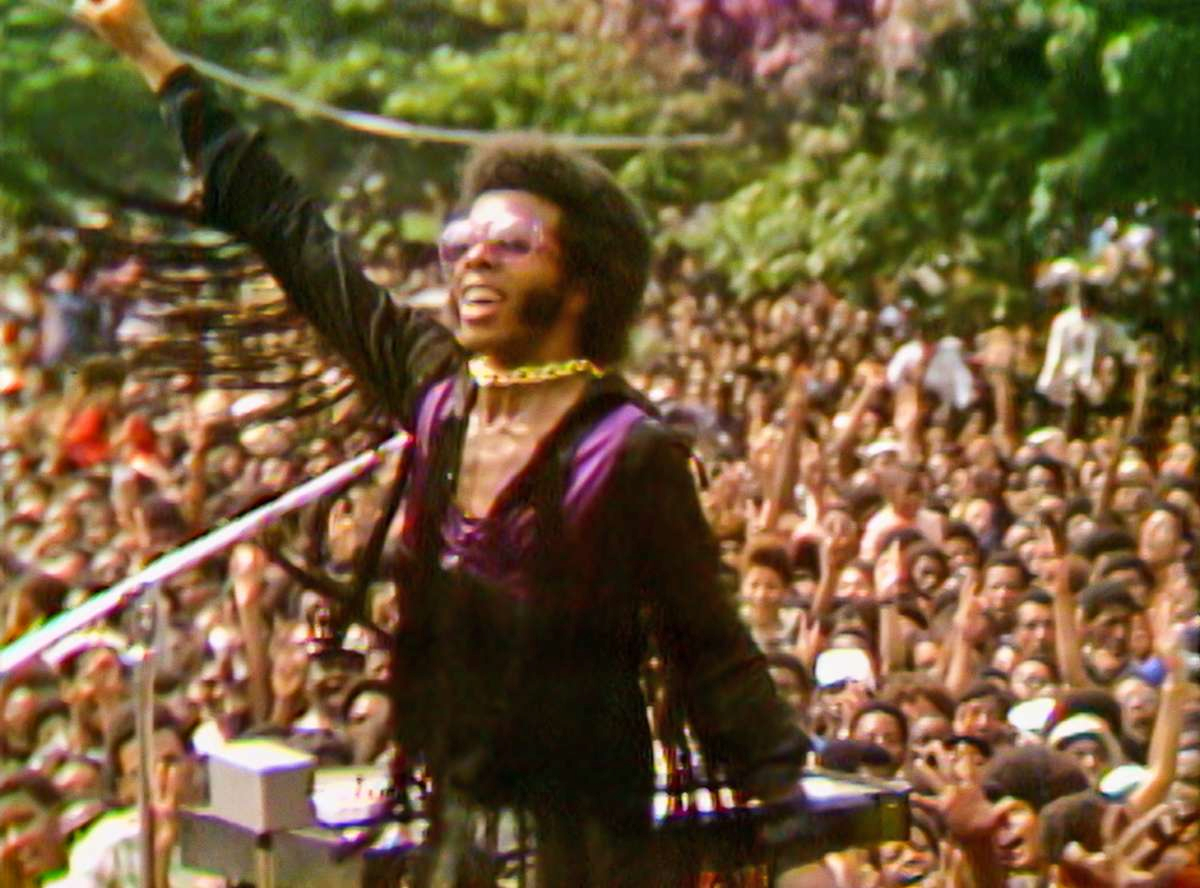
IMPACT
In the wake of Woodstock, the Harlem Cultural Festival went largely un-remembered for a long time despite the impact it had on Harlem and Black Americans. Thanks to original footage taken by Hal Tulchin during the festival, and new interviews conducted as part of the 2021 “Summer of Soul” documentary, the significance of this cultural event is becoming more mainstream.
“That concert was like a rose coming through cement. It was a good thing for Harlem because as much as Harlem has a maligned over the years for the crime and the drugs, there was a bunch of folk - law-abiding, productive citizens, never used drugs, went to work every day, took care of business, very community-oriented, and loved Harlem. Loved where they lived, loved their community.”
-Roger Parris, festival attendee
The documentary showcases the incredible music performances and incorporates the personal stories of the people who attended and performed at the festival, communicating its importance to a generation of young, Black Americans. It also highlights the significance of the event within the context of the Civil Rights Movement and African American culture of the time.
“It was like nothing before I felt in my life. Before that, the world was like black and white. The concert took my life into color. But then, the festival was forgotten.” -Musa Jackson, festival attendee
“When I looked out into the crowd I was overtaken with joy. I saw so many black people and they were rejoicing, they were having a good time. And I started celebrating with them” -Mavis Staples, festival performer
Although the Harlem Cultural Festival has been deemed as “Black Woodstock'' because of its proximity and simultaneous timing to the Woodstock festival, the two are similar, but not the same. Both festivals inspired a generation of young people to make change and encouraged them to be unapologetically themselves, embracing cultural or countercultural identities. The Woodstock Festival symbolized the counterculture movement of the 1960s and its spirit of rebellion and experimentation that characterized the youth culture of the era, strengthening the ideals of peace and love, and the rejection of mainstream lifestyles and values.
The Harlem Cultural Festival symbolized and celebrated African American culture and pride. It provided a platform for black artists to showcase their talents and express their cultural identity at a time when racial tensions and discrimination persisted. The Harlem Cultural Festival enforced for thousands of Black Americans the idea that their culture, music, and neighborhood could and should be celebrated with pride.
*All quotes from: Summer of Soul and Karas Lamb’s interview with QuestLove.
FOOTNOTES
1 The Civil Right Act of 1968 expanded on previous acts and prohibited discrimination concerning the sale, rental, and financing of housing based on race, religion, national origin, sex, (and as amended) handicap and family status. Title VIII of the Act is also known as the Fair Housing Act (of 1968).
Loving v. Virginia, was a civil rights decision of the U.S. Supreme Court which ruled that laws banning interracial marriage violate the Equal Protection and Due Process Clauses of the Fourteenth Amendment to the U.S. Constitution.
The Voting Rights Act of 1965 is a landmark piece of federal legislation in the United States that prohibits racial discrimination in voting. It was signed into law by President Lyndon B.
BIBLIOGRAPHY
-
Brooks, Daphne A. “At ‘Black Woodstock,’ an All-Star Lineup Delivered Joy and Renewal to 300,000.” The New York Times, August 15, 2019, sec. Arts. https://www.nytimes.com/2019/08/15/arts/music/black-woodstock-harlem-festival-1969.html.
-
Carrillo, Karen. “Why the Watershed 1969 Harlem Cultural Festival Was Overshadowed for 50 Years | HISTORY.” HISTORY, January 3, 2024. https://www.history.com/news/harlem-cultural-festival.
-
Corey, Mary. “Summer of Soul (...Or, When the Revolution Could Not Be Televised).” Cineaste Magazine, 2021. https://www.cineaste.com/fall2021/summer-of-soul-or-when-the-revolution-could-not-be-televised.
-
Harlem Heritage Tours. “History of Harlem | Harlem Heritage Tours & Cultural Center.” Accessed February 7, 2024. https://www.harlemheritage.com/history-of-harlem/.
-
History.com Editors. “Harlem Cultural Festival Begins | June 29, 1969.” HISTORY, March 4, 2022. https://www.history.com/this-day-in-history/harlem-cultural-festival-begins.
-
Lamb, Karas. “Summer of Soul: Reclaiming The Harlem Cultural Festival.” BlackStar, 2021. https://www.blackstarfest.org/seen/read/issue-002/summer-of-soul-reclaiming-the-harlem-cultural-festival/.
-
N.G. “Sly and the Family Stone.” Artist and Musician Biographies. Accessed February 7, 2024. https://aaep1600.osu.edu/book/16_Sly.php.
-
Thompson, Ahmir “Questlove.” “Summer of Soul.” Hulu. Accessed February 7, 2024. https://www.hulu.com/movie/summer-of-soul-6f2160ed-eaa2-462a-b495-f61f4f31714d.
